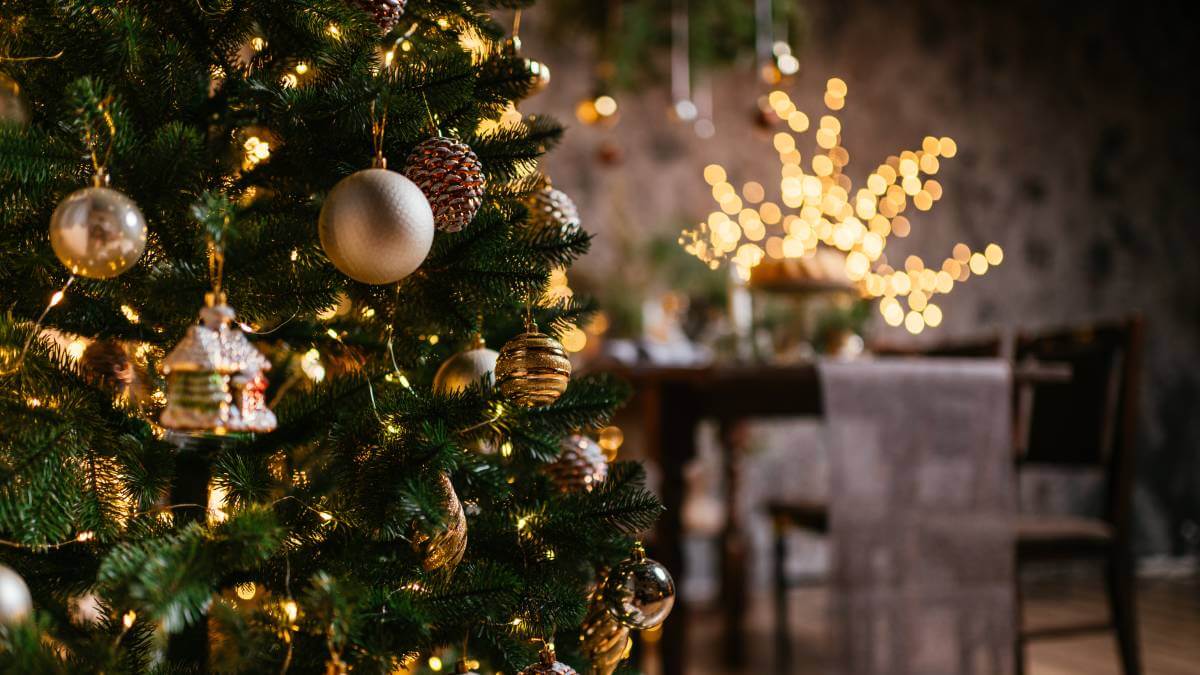O Christmas tree, O Christmas tree, how on earth did you come to be?
It’s one of the most ubiquitous symbols of Christmas, but how did the idea of a small pine tree covered in sparkly stuff manage to become tied in to the birth of Jesus.
Early origins of the tree are murky, but like many a good Christian custom, it’s speculated that the Christmas tree began as a pagan custom. Evergreen trees were a symbol of everlasting life as the tree is green all year round. There were a lot of tree worshippers in Europe before Christianity took hold and evergreen branches were hung for decoration during midwinter festivities.
Baubles are also thought to have their origin in these early offerings. Apples were often used as decorations as they kept well in cold climates. Eventually this morphed into baubles.
The first record of an actual Christmas tree dates back to the 16th century in Alsace (then part of Germany).
Rumour has it that Protestant reformer Martin Luther came up with the idea to adorn them with candles, but he was generally known as a grim sort of fellow so the idea of him getting caught up in the Christmas spirit seems unlikely. There’s also no real evidence, so there’s that.
Niche appeal
For a few hundred years the Christmas tree was generally only popular with Luther’s fellow Germans, and even then not all that popular as it was considered a Protestant custom in a country with its fair share of Catholics.
What really cemented the Christmas tree was when the custom was adopted by the aristocracy – the celebrities of their day – in the 19th century and thus it gradually spread to become fashionable across Europe’s courts.
It arrived in America about the same time, although with limited success due to the Puritans’ general dislike of frivolity. It wasn’t until waves of German immigration flooded the country that they gave up the fight and Christmas trees became standard.
Perhaps the biggest boost was Queen Victoria’s taking up of the Christmas tree. Since the English royal family was essentially German – the disturbing result of marrying first cousins over and over again – it’s no surprise that the royal family took to this German tradition with glee.
It started off with small trees decorated with sweets for the children and was essentially isolated to the royal family. Then, a popular illustrated publication came out with a festive drawing depicting the royal family around the royal tree and a fashionable precedent was set.
Initially, the cost kept it to a hobby of the rich and its popularity took a beating as a result of anti-German feelings after WWII, but eventually it trickled down to the middle classes and became the omnipresent image of Christmas we have today.
When do you put up your Christmas tree? Why not share your experience in the comments section below?
Also read: How to style the Christmas table like a pro

